What is Lavender Essential Oil Used For? Is There a Difference Between Lavender Oils?

You may be wondering, what’s the difference between Edens Garden’s Lavender oils? Is there really that much distinction between all these types of Lavender? What benefits does Lavender oil offer? We’re here to clear up these questions, including why we offer multiple varietals of Lavender essential oil.
What Is Lavender Oil?
The term “Aromatherapie,” or "Aromatherapy" in English, was created by French chemist René-Maurice Gattefossé in the early 1900s. Gattefossé became the poster child of Lavender essential oil. His name and famous incident are well known amongst aromatherapists.
One day, while Gattefossé was working in his lab, his hand was badly burned by an explosion. Gattefossé was able to successfully treat the gangrene that resulted from the burn with Lavender essential oil. Since then Lavender essential oil has been researched and studied.
Who Has The Highest Quality Lavender Oil?
At Edens Garden, our oils are rigorously tested and meet the highest standards possible. All of our oils are 100% pure. No pesticides, synthetic chemicals, herbicides, GMOs, or harmful chemicals are ever used during any stage of the growing or distillation process. Our trusted suppliers strictly follow all USDA food/product safety guidelines. As part of our promise, we never add any bases, carriers, or additives to our essential oils.
Each of our single oils, including Lavender, is GC/MS tested to ensure absolute purity and quality.
Lavender
Let’s begin with traditional Lavender. Edens Garden’s Lavender is sourced from Bulgaria. This variety is high in both linalool and linalyl acetate—two naturally occurring components that are renowned for their plethora of therapeutic properties. Here’s what studies have shown about the benefits of these two components.
- In an in vitro study, scientists confirmed Lavender’s anesthetic potential and determined via GC/MS test that linalool and linalyl acetate were its primary components.[1]
- A lab study revealed that a 1-3% dilution of linalool had a sedative effect on subjects after being inhaled for one hour.[2]
- A 2010 study on aromatherapy found linalool could reduce anxiety, increase social interaction, and reduce aggression.[3]
Lavender is one of the most gentle, and widely used, oils in aromatherapy. This oil is often employed for its anti-inflammatory, headache-relieving, immune-supporting, and skin-healing properties. Furthermore, its function as a sedative has made it popular among aromatherapy enthusiasts.
With a fresh and powdery aroma that highlights sweet, woody, herbaceous, and floral notes, the luscious scent of Lavender is well-known and frequently sought in perfumery.
French Lavender
French Lavender is the fraternal twin of Lavender Bulgarian, in that it shares many of the same therapeutic benefits of the Bulgarian varietal while differing in ways that make it unique. For starters, French Lavender typically has a high linalyl acetate content but contains less linalool. This gives French Lavender the following amazing qualities:
- Aggressively treats inflammation
- Zaps bacteria
- Relieves pain
You may want to choose French Lavender over Lavender for cuts, scrapes, and local pain. Its aroma is also more intense than Lavender, with balsamic undertones.
Spike Lavender
Next, we look at Spike Lavender. With a high percentage of 1,8- cineole and camphor, this species of Lavender stands out amongst the rest. These constituents are often likened to oils such as Eucalyptus, Peppermint, and Ravintsara, offering similar benefits such as:
- Soothing coughs
- Clearing congestion
- Promoting easy breathing
With its high percentage of linalool, Spike Lavender is also frequently used for its stress-relieving, pain-reducing, headache-soothing, and anti-inflammatory properties.
The aroma of Spike Lavender is a combination of both traditional Lavender and the sharp, medicinal, camphoraceous aroma of Eucalyptus.
Greek Lavender
Next, we have Greek Lavender. This oil has been used as a perfume, cooking additive, and bathing supplement since the ancient Grecian era. It has the highest linalyl acetate content of the bunch, making it a great option for skin-soothing and beauty treatments.
Greek Lavender has an aroma that is true to Lavender, with sugary, yet slightly-green notes. You may like Greek Lavender if you are looking for the therapeutic properties of traditional Lavender, with a dreamy twist.
Fine Lavender
What’s so fine about Fine Lavender? It’s grown at a high altitude in France producing an illustrious and elegant Lavender variety. Amongst the many benefits it shares with its Lavender relatives, it is most well-known for its anti-inflammatory, antimicrobial, and skin-loving properties. Its linalool and linalyl acetate content is almost equal, producing a well-balanced oil.
What sets Fine Lavender apart from other Lavenders is its fresh, floral, and herbaceous aroma with silky, creamy notes. It’s a great addition to blends that need a rich Lavender aroma.
Lavender Around The World Oil
Looking for a Lavender oil that does it all? Lavender Around The World oil contains the highest quality Lavenders sourced from the best-growing locations across the globe, including:
- Bulgaria
- France
- Greece
- India
- China
Our Around The World oils were crafted to provide heightened therapeutic benefits and unique aromatic experiences and this Lavender variety does just that.
For an undeniably Lavender aroma and therapeutic properties that work swiftly and effectively, pick up Lavender Around The World Oil.
How Do You Use Lavender Oil?
There are several ways to use Lavender oil. These include:
- Diluting Lavender oil to 3% for topical use by combining 18 drops of Lavender oil with 2 tablespoons of carrier oil. Apply this mixture to bug bites, blemishes, inflammation, minor burns, scrapes, and more.
- Adding 10 drops of Lavender oil per every 100 ml of water in your essential oil diffuser. Diffuse to promote sleep, alleviate headaches, and reduce stress.
- Combine 6 drops of Lavender oil with 2 tablespoons of carrier oil and 2 tablespoons of Epsom salt. Add the mixture to your bath to help with inflammation, sleep problems, skincare, and to unwind.
Which Lavender oil will you choose?
SOURCES:
- Ghelardini, C. “Local Anaesthetic Activity of the Essential Oil of Lavandula Angustifolia.” PubMed, Dec. 1999, pubmed.ncbi.nlm.nih.gov/10630108.
- Linck, Viviane Moura. “Inhaled Linalool-Induced Sedation in Mice.” PubMed, Apr. 2009, pubmed.ncbi.nlm.nih.gov/18824339.
- Linck, V. “Effects of Inhaled Linalool in Anxiety, Social Interaction and Aggressive Behavior in Mice.” PubMed, July 2010, pubmed.ncbi.nlm.nih.gov/19962290.
Grab The Essentials Here:
Leave a comment (Comments will be approved before showing up)
2 comments
TinaMarie Triliegi
Hello, I was wondering if you could tell me where to get pure oil I can mix with my own “carrier/base oil” ? Thank you!
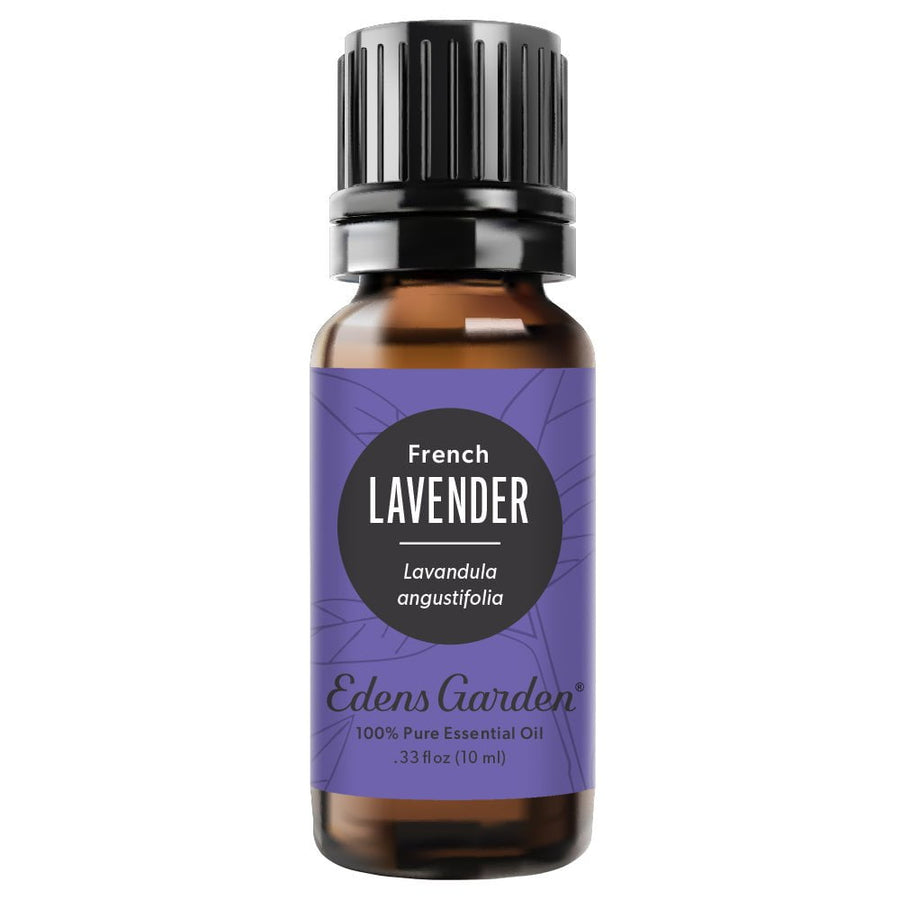
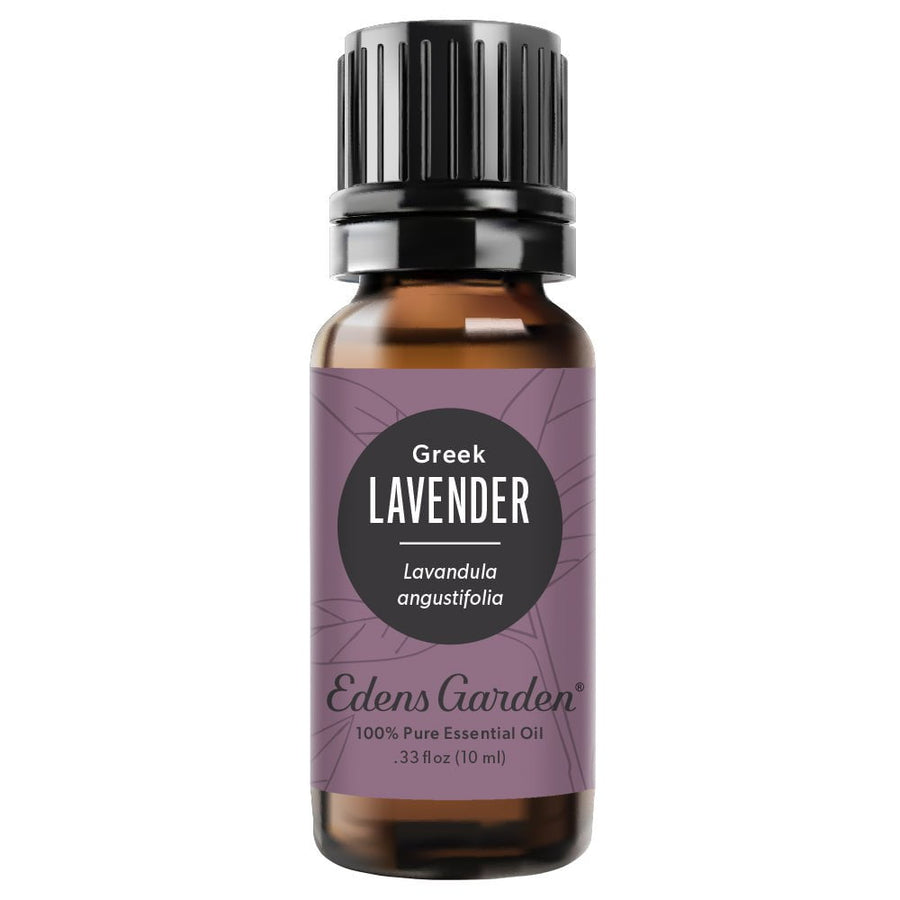
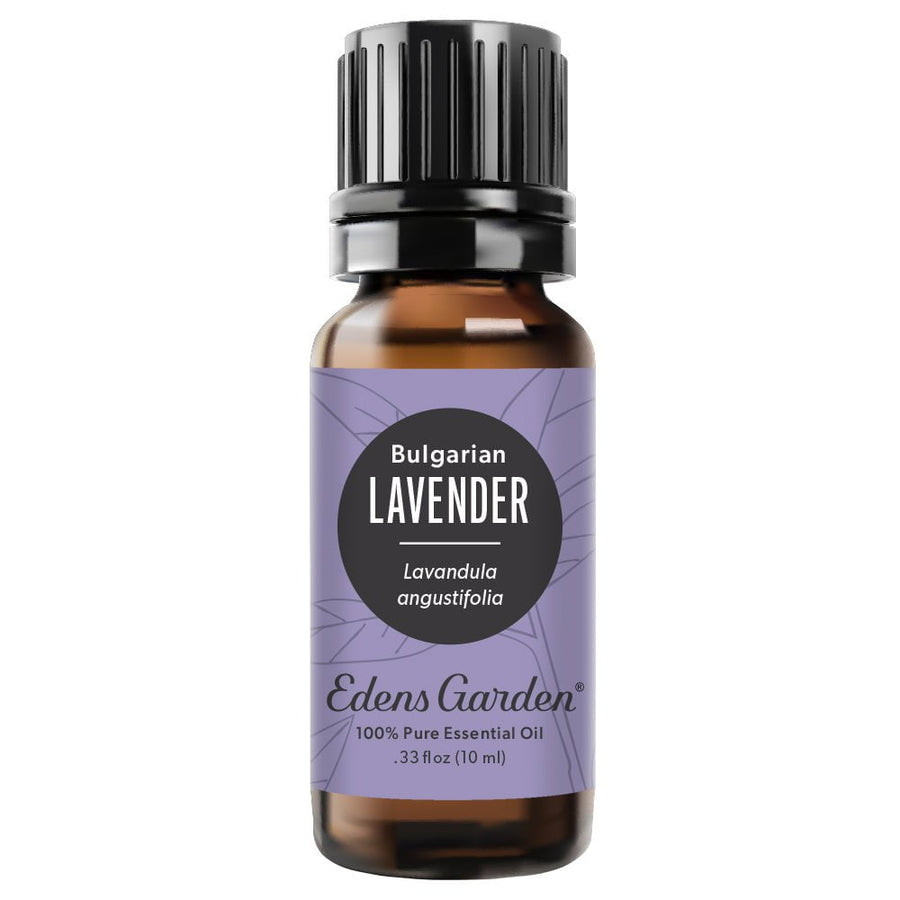
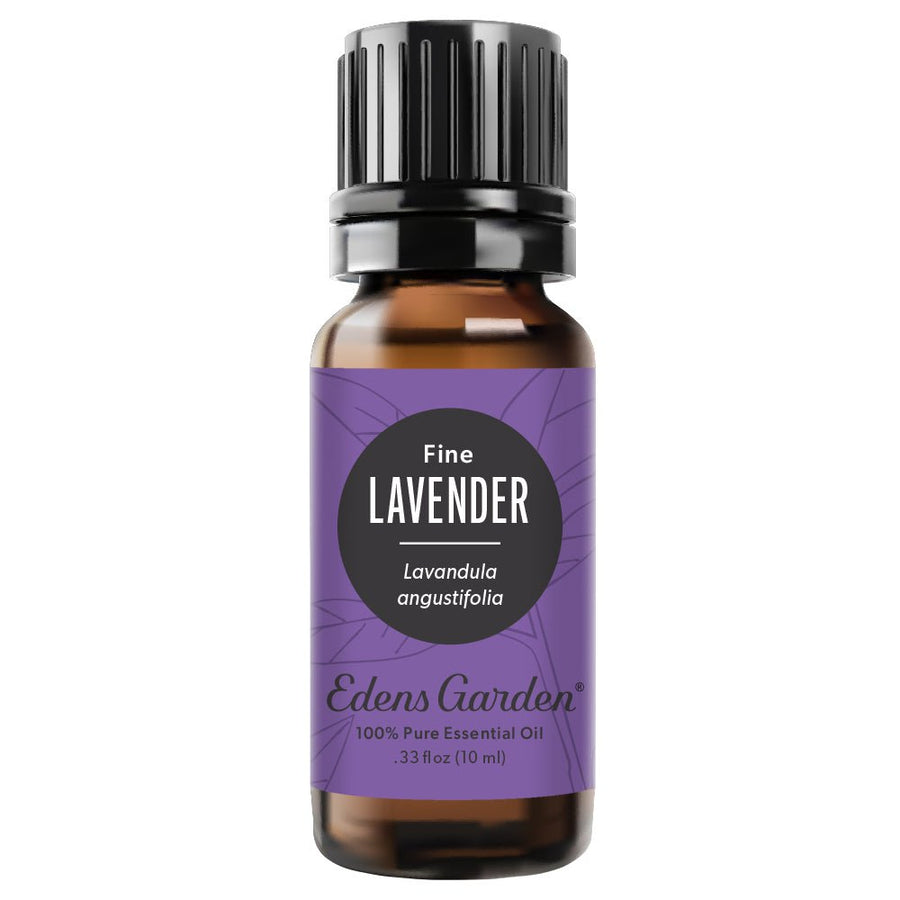
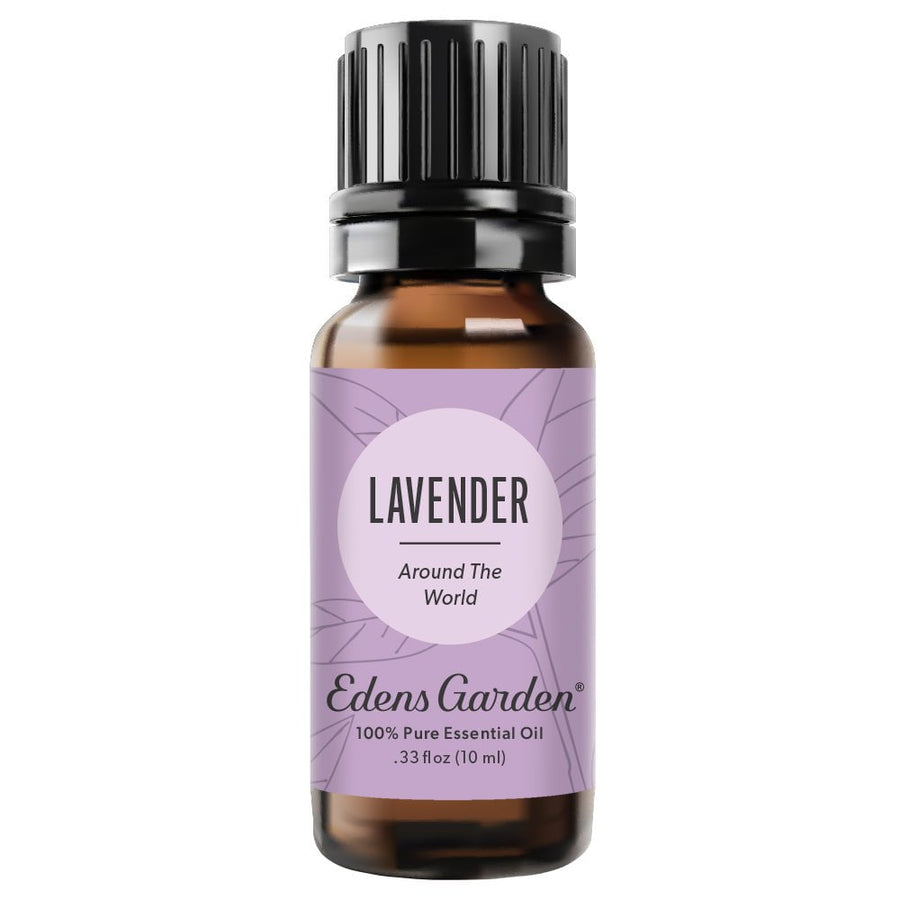


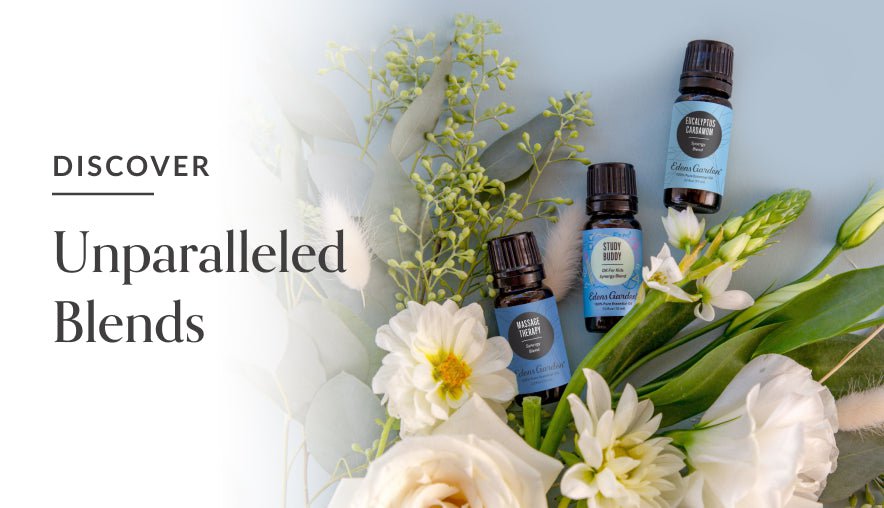
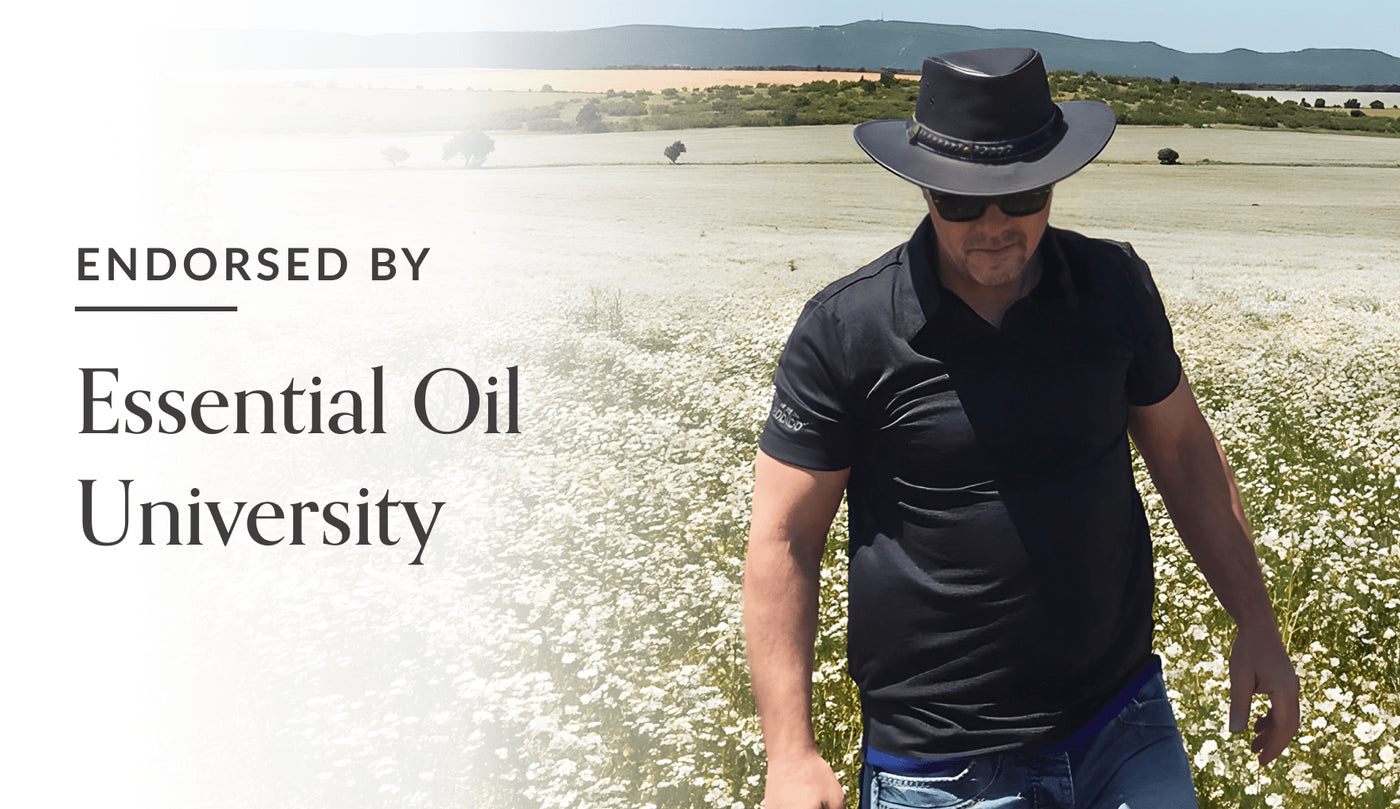
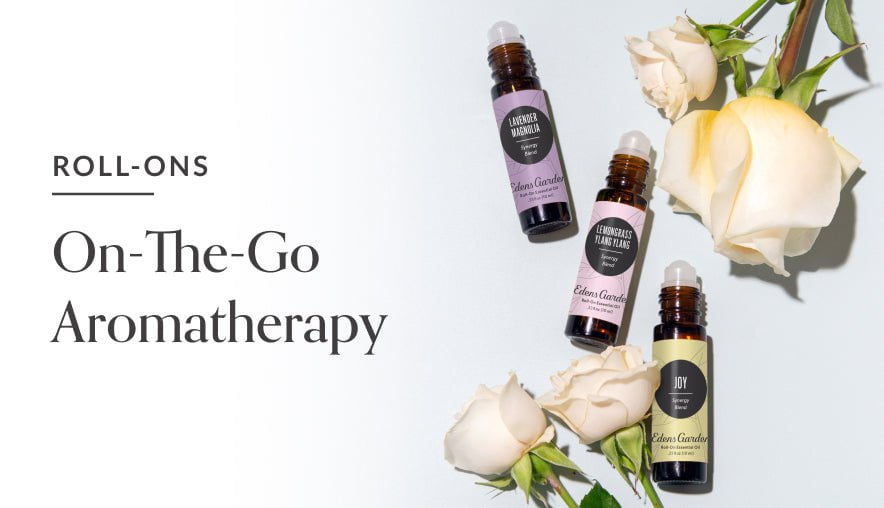
Edens Garden
February 17, 2022 at 11:31 am
Hi TinaMarie! You can purchase pure essential oils directly from our website, here: https://www.edensgarden.com/collections/single-oils?sort_by=manual&page=1